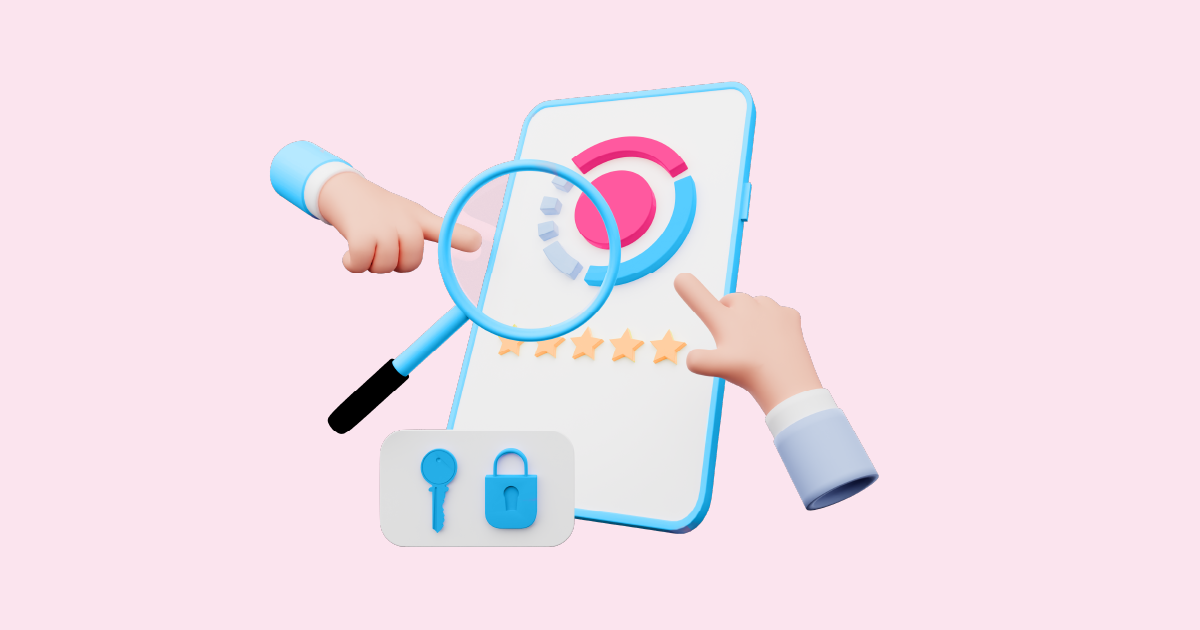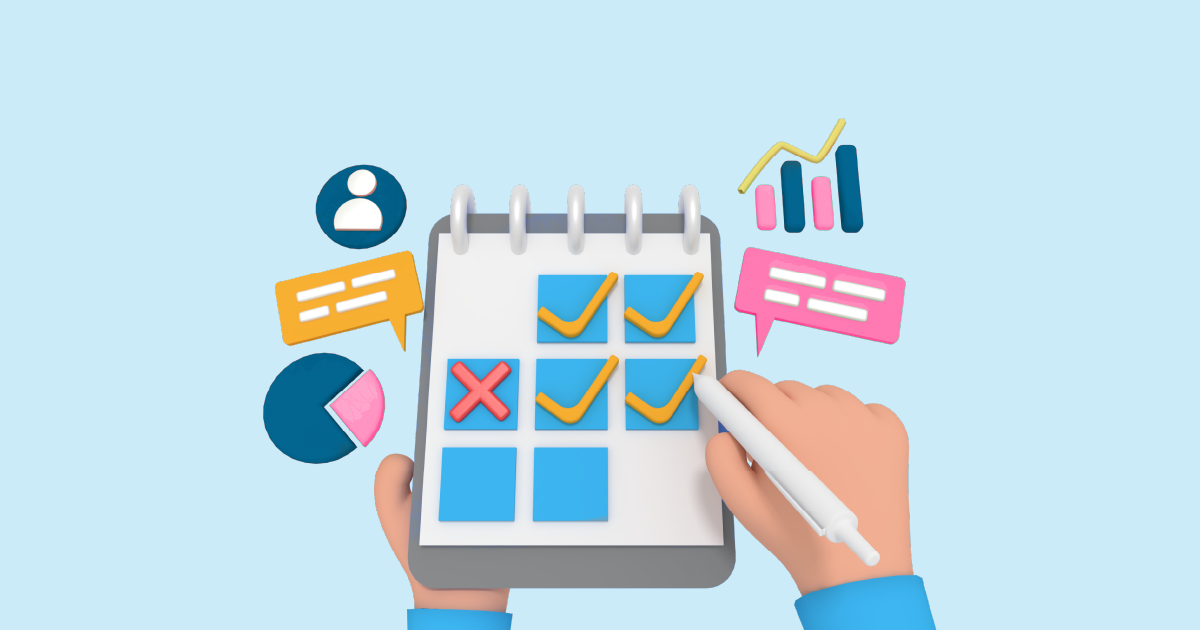In the business-to-business (B2B) world, customer satisfaction is the cornerstone of lasting relationships and continuous growth. A B2B customer satisfaction survey is a tool that helps businesses gather crucial feedback from their clients. Whether you’re delivering a product, offering a service, or maintaining a long-term contract, understanding your client’s experience is vital to improving and sustaining those relationships. But why exactly are these surveys so important in the B2B environment?
Why B2B Customer Satisfaction Surveys Matter?

Customer satisfaction surveys in the B2B sector are not just a “nice-to-have”; they’re essential for understanding client expectations and ensuring long-term partnerships. B2B relationships typically involve higher investments and longer sales cycles, so losing a customer due to dissatisfaction can have a profound impact. Regularly gauging client satisfaction ensures you stay in tune with their needs, helping you to retain valuable business clients and improve your products or services.
Key Differences Between B2B and B2C Surveys
While customer satisfaction surveys are essential in both B2B and B2C, there are some key differences to keep in mind. B2B transactions are relationship-based and often involve multiple stakeholders. This means surveys need to be more tailored and focused on long-term satisfaction rather than one-off purchases, which are more common in the B2C world. The questions must address both immediate experiences and the broader, ongoing relationship with the client.
Types of B2B Customer Satisfaction Survey
- Transactional Surveys – These are sent out after specific interactions, such as the delivery of a product or completion of a project. They’re excellent for gathering feedback on recent experiences.
- Relationship Surveys – These surveys are broader and are sent on a regular basis (e.g., annually). They focus on the overall health of the client relationship.
- Post-Project or Service Surveys – These target the satisfaction level after a major milestone or service delivery, helping businesses assess performance and areas for improvement.
Essential Components of a B2B Customer Satisfaction Survey
Crafting an effective B2B survey requires careful thought. Here are the critical components:
- Question Clarity: Questions must be easy to understand and free of jargon to ensure accurate responses.
- Survey Length: Keep it concise. Long surveys can lead to drop-offs, especially among busy professionals.
- Target Audience: Segment your customers by department, role, or transaction type to ensure relevance in the questions asked.
How to Craft Effective Survey Questions
Your questions are the heart of your survey. A mix of open-ended and close-ended questions provides both detailed feedback and measurable data. For example:
- “On a scale from 1-10, how satisfied are you with our product’s performance?”
- “What do you believe we could do better to meet your needs?”
Using a Likert scale for ratings helps quantify feedback, making it easier to analyze.
Timing Your B2B Customer Satisfaction Survey
When you send out your survey matters just as much as the content. Post-purchase or post-project surveys help capture fresh feedback. Meanwhile, annual relationship surveys offer a snapshot of overall satisfaction. You could also consider milestone-based surveys that are triggered by significant business events, ensuring timely feedback throughout the relationship.
Best Practices for Conducting B2B Surveys
- Personalization: Address the customer by name and reference their business. It feels more personal and encourages participation.
- Anonymity: Let respondents know their feedback will be anonymous. This promotes honesty.
- Incentives: While monetary rewards aren’t always necessary, offering something in return for their time, like exclusive content or early access to new features, can boost response rates.
How to Analyze Survey Data for B2B
Once you’ve collected your responses, group the data by customer segments or business types. Measure key metrics like Net Promoter Score (NPS) or Customer Effort Score (CES) to assess loyalty and satisfaction. Identifying common themes across open-ended responses is crucial for spotting patterns in customer needs or pain points.
Utilizing Survey Results to Improve Business Relationships
Customer feedback is only valuable if you act on it. Be sure to acknowledge the feedback, address concerns, and use the data to make strategic improvements. When negative feedback comes in, treat it as an opportunity for growth rather than a setback.
Common Challenges
A common challenge in B2B surveys is low response rates. To counter this, make sure the survey is short, personalized, and relevant to the respondent’s role. Survey fatigue is another issue; avoid overwhelming your clients with too many surveys and choose timing strategically.
Tools and Platforms for Conducting B2B Surveys
There are several powerful tools for conducting surveys, such as AIM Research, Typeform, or integrating with your CRM platform like HubSpot. These platforms allow for automation, data tracking, and ease of use.
How to Ensure High Response Rates
- Make it relevant: Tailor the survey to each client’s specific experience.
- Send reminders: A well-timed follow-up email can nudge customers who haven’t yet responded.
- Follow up after the survey: Let respondents know how you plan to use their feedback to improve your service.
The Role of Customer Satisfaction in B2B Growth
Satisfied customers are likely to become loyal partners. Building strong relationships based on satisfaction not only ensures recurring business but also opens doors to referrals and long-term partnerships, leading to exponential growth.
Conclusion
A B2B customer satisfaction survey is a powerful tool to understand your client’s needs and expectations better. By conducting these surveys effectively, you can drive continuous improvement, foster long-term partnerships, and ensure the growth of your business.
Want to see how customer feedback can transform your B2B strategy? Request a demo from AIM Technologies today to learn how our cutting-edge solutions can help you gather, analyze, and act on customer feedback to improve your business relationships and drive growth!
FAQs
- How often should I conduct B2B customer satisfaction surveys?
It depends on the nature of your relationship. Annual surveys are common for long-term relationships, while transactional surveys can be sent after major interactions. - What is the best way to incentivize customers to complete a survey?
Offering exclusive insights, early access to features, or small rewards like gift cards can increase participation. - How can I increase my survey response rate?
Personalizing your outreach, offering incentives, and keeping the survey short and relevant are key strategies. - What’s the most effective way to analyze survey data?
Group data by customer segment, and look for trends in both quantitative metrics like NPS and qualitative feedback. - Can I automate B2B surveys?
Yes, using CRM tools like HubSpot or platforms like AIM Research, you can automate survey distribution and data collection.




